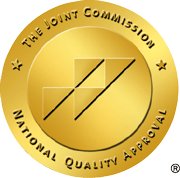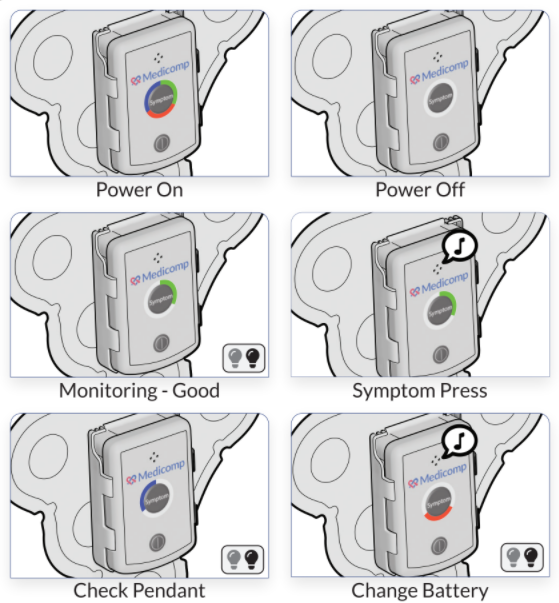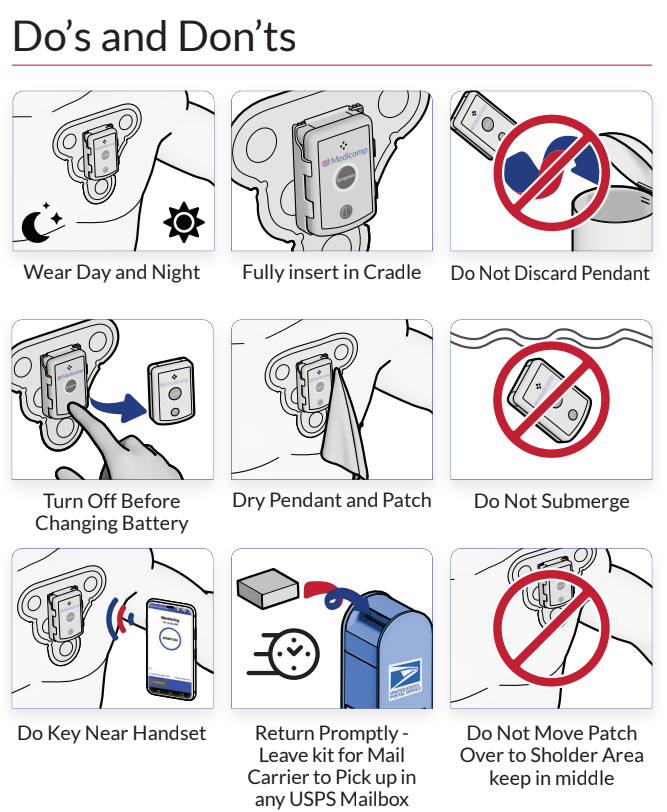People experiencing symptoms of a possible heart problem are usually prescribed a monitoring device to capture on record the heart’s activities during the problematic events. These events can include heart palpitations and fainting spells. The type of device prescribed depends on the prominent symptoms and the amount of time it would take to get an accurate recording of a pattern for these symptoms.
There are four types of cardiac monitoring devices:
- Holter Device. This is the most common recording device as it is usually only used during a 24-72 hour period to detect arrhythmias. During this time the patient goes about their daily activities while wearing the device. These devices are small and easily worn on the chest or waist while the electrodes are placed on specific parts of the chest. During the recording time, patients are asked to keep a detailed log of their activities for their doctor to reference while going through the recording at a later date.
- Event Recorder. These devices are worn up to 30 days at a time, but do not record during that entire period. Instead, these devices are activated by the patient when they feel an event occurring or when a symptom is present. Once the event is recorded it is returned to the doctor for evaluation.
- Mobile Cardiac Telemetry Monitors. These devices record and automatically send information to the physician via cellphone signal in case of an emergency. This is particularly helpful for catching events like fainting spells.
- Implantable Cardiac Monitors. A fairly new type of monitor, these monitors are placed under the skin and have a battery life of about 3 years. These are generally used to catch the most infrequent of episodes, especially ones that are missed by the other types of monitors.
Technology has come a long way to bring this level of convenience and accuracy in cardiac event monitoring.
To learn more about the different types of cardiac monitoring services and products and their history check out the ReactDx Inc. blogs today!



